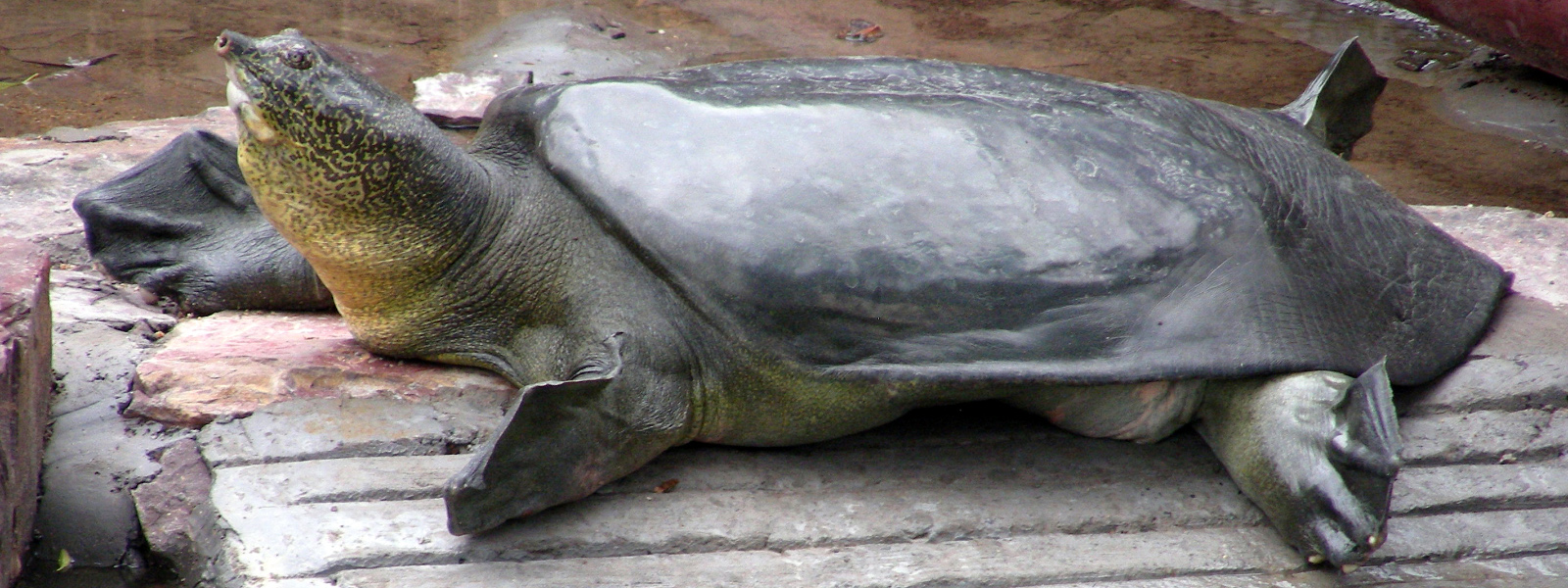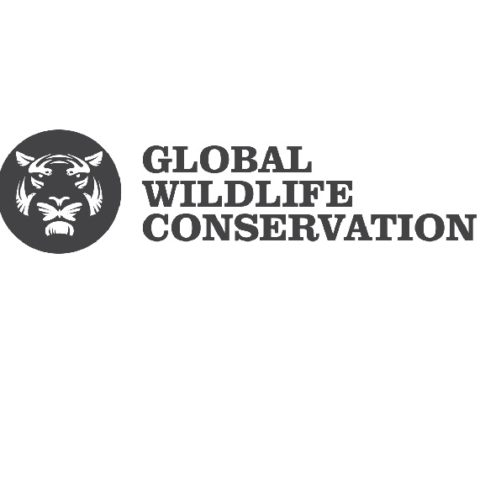Conservation Actions
Rafetus swinhoei was listed in CITES Appendix II in 2013 and is a species that is Protected for Beneficial, Economic or Scientific Value under China’s Wild Animals Protection Law. It is fully protected under Vietnamese Decree 160 ND-CP 2013, and a conservation action plan for Viet Nam has been drafted, to be published in summer 2018.
The Asian Turtle Program is working with villagers and stakeholders to protect the two known wild individuals in Viet Nam.
The captive male and late female in China were subjects of an intensive captive breeding program, but all eggs produced were infertile. An examination of the male in 2015 revealed that he had lost the majority of his penis probably during a past fight with another male and is unable to inseminate the female with the remaining stump without seminal grooves. Artificial insemination was attempted several times but did not result in egg development (Kuchling and Shunqing 2015).
Intensive, targeted surveys are needed in the Red River paleo-drainage of northern Viet Nam and adjoining Lao PDR, and possibly in Yunnan and elsewhere.
Establishment of a secure facility in Viet Nam is a necessity, to transfer any discovered animals into to attempt their captive breeding. The discovery of a female in October 2020 and the potential that others may still survive provides hope for the future survival of this species.
Action Plan
Location Information
Historical records for Rafetus swinhoei exist from throughout the Red River basin of Yunnan and Viet Nam, as well as the coastal plains of northern Viet Nam. The species is also known from the lower Yangtze lowlands of eastern China. Based on late Pleistocene and Holocene fossils from Zhejiang and Taiwan Straits, speculatively it may historically have occurred in the Pearl River system and other drainages between northern Viet Nam and the Yangtze delta.
At the time of assessment, the current distribution in the wild was limited to two animals in reservoirs near Hanoi; the possibility remained of rediscovery in other northern Vietnamese wetlands. In October 2020, a female turtle was captured in a Dong Mo Lake near Hanoi and the genetic results confirmed it to be this species (WCS 2020). There is potentially another turtle in the same lake where she was found.
Geographic Range
Extant
Viet Nam
Possibly Extinct
China
Population Information
An adult male of the Yangtze population has been kept for decades at the Suzhou Zoo in China. A female in the same zoo died in April 2018 and had mated many times with the male without producing fertile eggs. A male of the Red River subpopulation inhabited for a long time Hoan Kiem Lake in downtown Hanoi, Viet Nam, but died in January 2016. Another individual of the Red River subpopulation of unknown sex inhabits Dong Mo Lake west of Hanoi (subsequently captured in October 2020 and confirmed to be a female; WCS 2020) and a further individual was recently confirmed by eDNA in Xuan Khanh Lake, not far from Hanoi and Dong Mo Lake (Asian Turtle Program Press Release 11th April 2018). Surveys of the Red River basin in both Yunnan and Viet Nam in recent years have hinted at the possible survival of one or more animals, at least until recent times, but had not documented confirmed additional living animals until the capture of a female in October 2020. While the species has declined substantially over recent historical times, extensive records were known from the Red River subpopulation in both China and Viet Nam from the 1960s until the 1990s (Pritchard 2012). The last records from the lower Yangtze River region date from the 1930s. The decline accelerated greatly with increased agricultural and industrial development since the 1980s, and assuming a generation time of 100 years, has probably declined by over 99% over the past two generations.
Threats
Rafetus swinhoei remains under extreme pressure from exploitation of adults and eggs for (subsistence) consumption and targeted capture attempts in recent years due to its increased value. In addition, it has been affected by habitat loss through conversion, drainage, fragmentation and pollution of wetlands and riparian habitats, and hydroelectric barrages and sand mining.
Partners
IUCN Red List Account Link
Please click here to see the species' IUCN Red List Account page.Photo Credits
Gerald Kuchling (category and featured image)






